Published by Jeremy.
Disclaimers: We use demographic data, email opt-ins, display advertising, and affiliate links to operate this site. Please review our Terms and Conditions for more information. This website is intended for those of legal drinking age in your jurisdiction.
WSET Level 3 is an intense 10-week wine course that dives into many elements of wines of the world.
As we've talked about WSET courses many times on this site, in this one we wanted to turn our attention to the exams specifically. Unlike the exams for WSET Level 1 and WSET Level 2, which have multiple-choice sections only, WSET Level 3 consists of a tasting exam and essay portion as well.
So here, we wanted to dive a bit more into the WSET Level 3 tasting exam- what you can expect and tips and tricks on preparing.
Hint: it involves drinking wine!
Note: I took the WSET Level 3 exam in April 2021. Test material and structure can and does change over time. I passed the tasting portion with merit.
What to Expect in the WSET Level 3 Tasting Exam
The WSET Level 3 tasting exam is relatively straight-forward. You are given 30 minutes to evaluate two wines, one white and one red, and you must do so while using WSET's systematic approach to tasting (SAT) lexicon. The wines are served blind and you are not allowed to have your WSET tasting grid with you.
At the time of my exam, this section was split up into 20 points for white and 21 points for red and you needed to get 55% correct to pass (cumulative).
So, for each wine, you'll need to correctly identify its appearance (intensity and color), nose (intensity, characteristics, and development), palate (sweetness, acidity, tannin for red wine only, alcohol, body, flavor intensity, flavor characteristics, and finish- I remember these as SATABFFF), as well as conclusion statements of quality on the BICL scale (balance, intensity, complexity, length) and suitability for aging.
Our instructor said we would not be tested with sparkling wine, so categories like mousse are not needed for this section (but could be present in the multiple-choice or essay components!). Likewise, some categories like clarity, other observations, and nose condition were not evaluated in the exam. As exam structure can change from year-to-year, you may want to verify this to be 100% sure as things could change from when I took Level 3, but this is a good start.
There are a few additional caveats here that are worth highlighting as well:
- Your school picks the wines for the exam and creates the tasting notes. The person who does this may or may not be the person who teaches your class (that is worth verifying). This person also reviews your answers before sending them off to the WSET office in London for a final evaluation because, well, London evaluators don't taste the wine!
- Tasting blind is vastly different than tasting when you know what the wine is. You know to look for pepper in Syrah, pyrazines in Sauvignon Blanc, and that an aged Riesling may show petrol. Tasting blind means you have to detect these without knowing they might be there, and that makes things inherently harder in many respects.
- You do not have to guess what the wines are, you just have to describe what you see, smell, and taste. This makes things a bit easier.
As such, a few key points come up right off the bat that we need to discuss further.
Logic to Consider for the WSET Wine Tasting Exam
First off, it is worth taking a moment to remember that your instructor is likely the same person selecting your wine and scoring your tasting section (as mentioned, you should confirm this). This is why we think it is best to take a live version of WSET Level 3 that also includes wine samples. It costs extra than a self-paced, online, no wine course, but this option allows you to calibrate your tastes to that of your instructors.
Remember, the London office doesn't make the tasting notes for the wines, your proctor does. It is money well spent to align yourself with their palate to get as many points as you can. I was always lower than my instructor in categories like acidity, tannin, and body and benefited from this calibration significantly.
Likewise, there is an inherent trap in tasting blind where you may detect a specific note, assume you know what the wine is, and then rattle off the characteristics based on what you expect to be in the wine. For example, if you think you're drinking a Gewurztraminer you may call it low acid by virtue of what you know about the grape and not what is going on in your mouth. (This is especially true for SATAB characteristics where you can only pick one descriptor.)
If you're right, awesome. But it is more likely that you are not because if you're that good you probably aren't taking WSET Level 3 to begin with. In this case, you just fell into a trap that could cost you many, many points. I've done that in tastings before and learned that lesson before the exam. Put your ego aside and don't make any assumptions when tasting blind.
Finally, the points breakdown is similar to that of the essay questions. Each point represents a mark for what they are looking for. If appearance is two points, you know they only want two answers- intensity and color. If the aroma category is seven points you know they want seven items. Intensity counts for a point, development is another, and the remaining must be for unique aroma characteristics (so you'll need a minimum of five). This continues for each section.
For the questions where you only need to put one item, like intensity and color in the appearance category, commit to only one for each criterion (e.g. deep for intensity and ruby for color). If you put more than one, say, “ruby/purple” for color, you'll lose that point as ruby/purple is not an approved term in the lexicon. If the color really is that close, it is possible your proctor may allow for either answer to receive the point. But you still have to commit to just one per WSET lexicon (only ruby or only purple)- pick the one it is trending to the most and commit to it.
- This also applies to the descriptors like sugar, acid, tannin, body, and flavor intensity as well. If you think the wine could be medium or medium(+) acidity, you have to pick one. Writing both as “medium or medium(+)” will ensure you get zero points. Pick one and only one.
For the components where you need multiple responses, specifically naming aromas (in my exam we needed five) or flavors (we needed three), you are given a pass to put more. If you're wrong on one, being right on extra answers can offset that. A wine may have five aromas. It may have 10. Your proctor may find 30. You only need to match five to get all the points, but if you detect 10, you should definitely put them all down to hedge your bets- if you are wrong on five and right on five you should, in theory, still get all five marks. Hooray!
- There is a caveat here in that if your wine has primary, secondary, and tertiary aromas you need one of each category to get the full set of points. Only giving five primary notes when there are obvious secondary and tertiary aromas will not get you five points (you'd likely max out at three).
From there, you can use logic to describe its quality assessment. If the aromas are all primary characteristics, call the aroma youthful. If it is part primary and part secondary/tertiary, call it developing. If it is all secondary/tertiary and no discernable primary characteristics, call it developed. It is entirely likely this will carry through on the tasting notes and your recommendation on when to best drink the wine as well.
When it is all said and done, your tasting notes should read logically. If you have tertiary notes on the nose and call an aroma youthful, it doesn't make sense. If you have a perfectly balanced wine, with strong flavor intensity, complexity, and a long finish (BICL) and call the wine “good” rather than outstanding, something is inherently wrong.
Not using proper terminology or having a WSET tasting sheet that simply doesn't make sense is the fastest way to lose points outright. Construct a logical set of notes based on what you see, smell, and taste, and you'll do just fine.
Again, you really need to take your own personal opinion out of this and let the wine tell you what it is- that is the entire point of tasting blind!
Preparing for WSET Level 3's Tasting Section
So, how do you prepare for the tasting exam? You're going to love it- drink wine. While you likely already knew this, there are a few things you can do to prepare for this tasting exam, and a lot of them do involve drinking. Hooray!
Drink wine where you know the grape ahead of time. Drink wine where you do not know the grape ahead of time. Have someone pour samples for you truly blind if you can (that is, without you seeing the bottle at all). Drink wine from PDOs you struggle remembering to help strengthen the association. Drink wine with characteristics you struggle with as compared to your instructor (mine was vegetal/green characteristics specifically in Spanish reds like Rioja). Time yourself when tasting the wines as well in order to maximize the time period you are given.
You have roughly 10 weeks of class plus extra time ahead of when the course starts. If you are taking a version that has samples, odds are good you'll be able to try at least 40 or so wines. But as the book covers roughly 100 grapes from 150 or so PDOs (give or take), you'll barely be scratching the surface. Thankfully, 10 weeks translates into 70 days. This presents many opportunities to justify drinking as a means to study- and I mean that without any hint of sarcasm.
I probably tried 100 wines during my WSET Level 3 course (partly thanks to having a Coravin).
From there, the most important thing you can do is take notes. Don't just discuss them with someone else or keep tabs in your head, write them down in the proper format with SAT lexicon (there is a reason all our reviews use WSET terminology). This will get you in the habit of writing out the systematic tasting terminology to the point it is second nature and you won't make lose any of these points simply from word choice. If you don't have it committed to memory, drink until you do and then drink some more just to be sure.
- For +/- distinction, get into the habit of writing them (+) and (-) or writing the word out completely. You may otherwise lose points if you just put + or – as the marks can be unclear.
From there, if you are struggling with picking up on aromas and tasting notes, there are a few techniques you can try that we found helped us.
The first is to isolate a category you easily recognize in the wine, say red fruit if you smell or taste red cherry. Mentally run through the rest of the red fruit you remember from your tasting card and see if you detect any more in the aroma or taste. Can you find raspberry, strawberry, cranberry, red currant, red plum, or others? Maybe you can pick out one or two more, maybe not. If you detect nutmeg, can you detect clove, allspice, cinnamon, or others? If you detect secondary notes, run through others in your head and see if you can find them in the glass. Do the same for tertiary notes as well. Be deliberate in thinking about all of these.
The second is to compare your aroma and tasting characteristics with each other and then revisit your glass. If you taste black cherry but did not detect it on the nose, go back and see if it comes out now that you recognize it on the palate (or vice versa). If you do, repeat the process with other black fruit if this is the first time you detected that category. Many wines have similar profiles between the aroma and palate, and you may convince yourself that one or two extra notes come out in either direction that could help you get an extra point or two. Listing more is always a good practice if you truly detect the flavor category.
Likewise, your instructor may have a few catch-all terms they personally like to use that could help you get easy points. My instructor always advised us to use wet stone if we can't put our finger on the minerality as “mineral” is not an approved term. Likewise, we were told blossom is a good catchall for floral notes as “flower” is also not approved. Allspice is also a good term if you cannot be more specific than detecting general baking spice notes. I'd even argue that tannic reds taste of cedar and almost always put that down as well if I cannot immediately detect a better wood flavor- my instructor almost always accepted it in class.
Pay attention in class for context clues like these as it may get you an extra point to repeat your instructor's catch-all terms back to them. Likewise, if you do detect a specific note in these categories (say, honeysuckle or elderflower), it may not hurt you to put your instructor's preferred generic one down anyway (which for my class was blossom)- two points will always be better than one if you can get it and there really is no excuse to miss points here.
You will also want to start practicing patience when you drink. You are given a fair bit of time for this portion of the exam and as we all know wines can evolve over time. Flavors disappear and new ones appear. I've had many red wines where violet notes come out later on as a glass sits without swirling, barrel notes that burn off, and others where the tannins initially would've been in the medium(-) category but then later grew on me to become medium(+) or even high. I also had to stop and mentally count how long the flavors lingered on my palate as well for the finish as opposed to going with a gut feel as I just can't trust myself- I consider five seconds of enjoyable flavors, not acidity or tannin, long.
In class tastings, had I gone with my first instinct in many of these categories, I would've been wrong. Take your time, let the wine speak to you, and revisit both glasses throughout the exam. Take all these notes on blank paper to the side, reflect on them for any discrepancies, and then craft your final answer.
In the days leading up to test day, you may also want to try wines on the extreme ends of the spectrum like whites with high acidity (Riesling), whites with lower acidity (Viognier), reds with high acidity and tannin (Sangiovese), reds with high acid, low tannin (Pinot Noir), a low acid red (some bottles of Grenache), and perhaps an off-dry Riesling as well.
The reason for this is that in the course of Level 3 you're probably going to drink dozens upon dozens of high acid and high(er) tannin wines. This happened to me. The closer we got to test day, the longer it had been since I had a low acid white, a lower acid red, and even an off-dry wine at all. So, what can you do to remind yourself? Drink!
On test day, you may want to conduct your own blind taste of one red and one white before heading off to the exam. Part of this is to simply awaken your tastebuds but also to get one final practice round in before the exam. Do not swallow. You simply want to awaken your palate here and remind yourself of the SAT lexicon one last time. No one wants to be tipsy when taking a complicated exam. Likewise, don't go overboard on tastes as you could fatigue your palate at the same time. One of each max.
When it comes down to it, as the tasting component of the exam very much is about aligning your palate with that of your instructors, you should defer to them in any scenario listed in this article. My opinions could be meaningless if your instructor does not hold them as well. If they're the ones that pick the wines, they also make the answer key, and their palate is really the only one that matters. As passing the tasting exam is all about matching said answers, doing whatever you must to align your palate to that of your instructor's is critical.
All of this goes a long way to get you to a 55% passing score. For the tasting, that equates to just 11 and 12 points per wine (red has an extra point for tannin), or a combination between the two as the score is cumulative from both wines. If you can accurately call the appearance (2 points), five aromas (5 points), and three flavors (3 points), that should get you pretty much there (and as I said, there really isn't an excuse for missing aromas or flavors come test time). You only then need one or two more points to pass, which can likely be achieved by correctly describing how well the aroma is developing and if the wine can age or not- solid extensions of aroma/flavor notes most of the time.
This means that the intensity scales (beyond appearance, at least) are there to help you pass with distinction!
What tricks did you use to help prepare and pass for WSET Level 3's tasting exam? Comment below to share!
Upgrade Your Home Wine Bar
Need to upgrade your wine bar? Grab some new wine accessories:

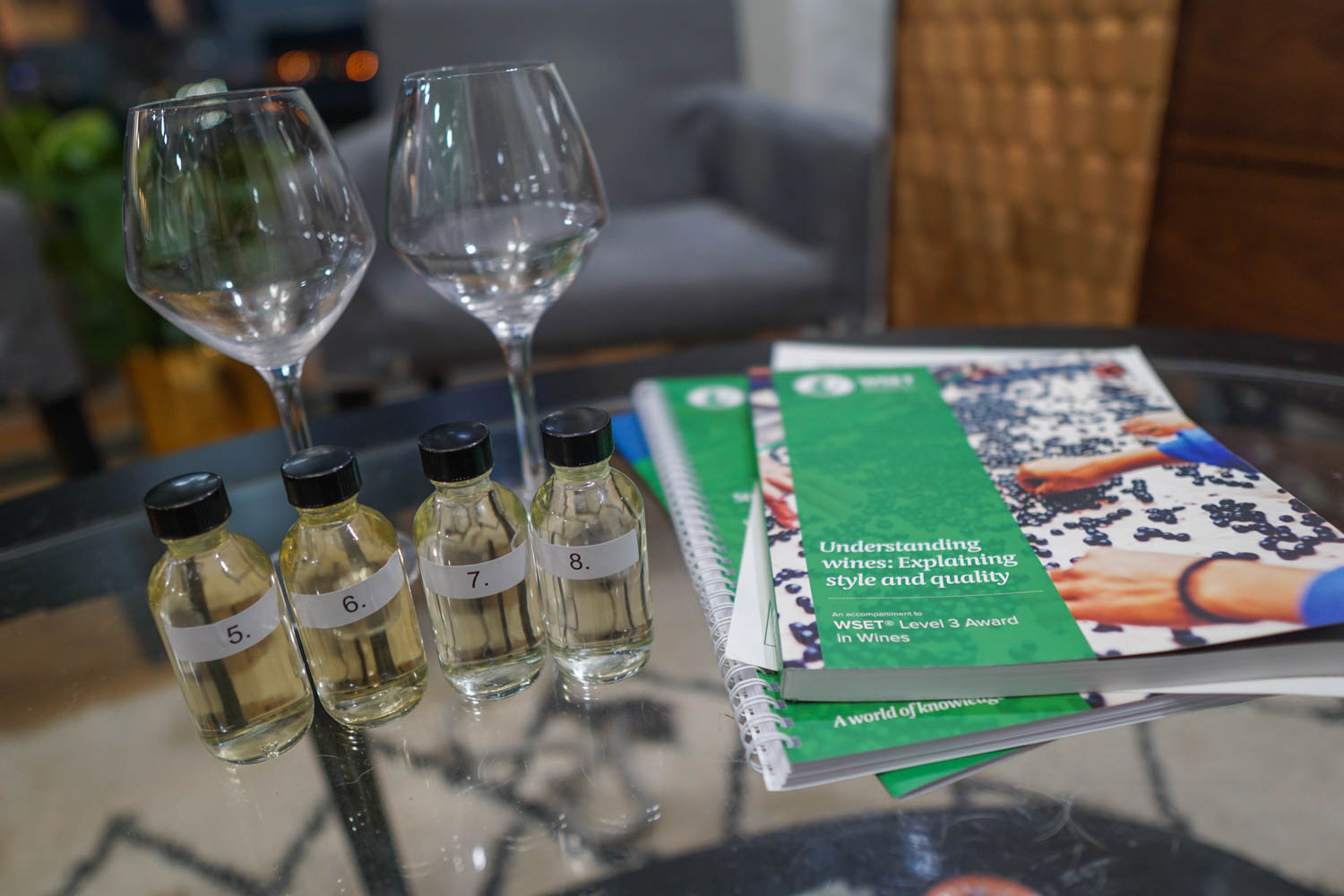
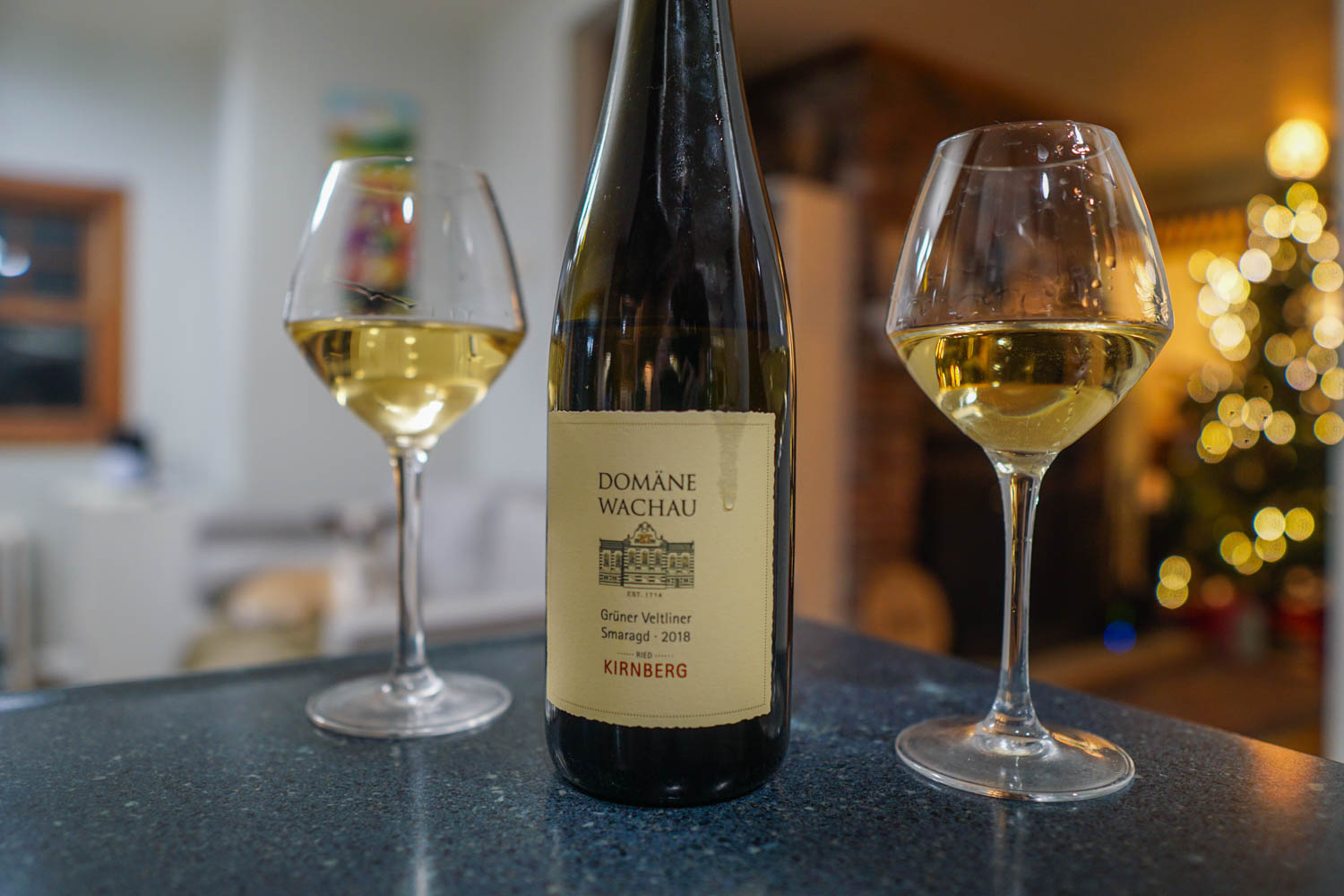
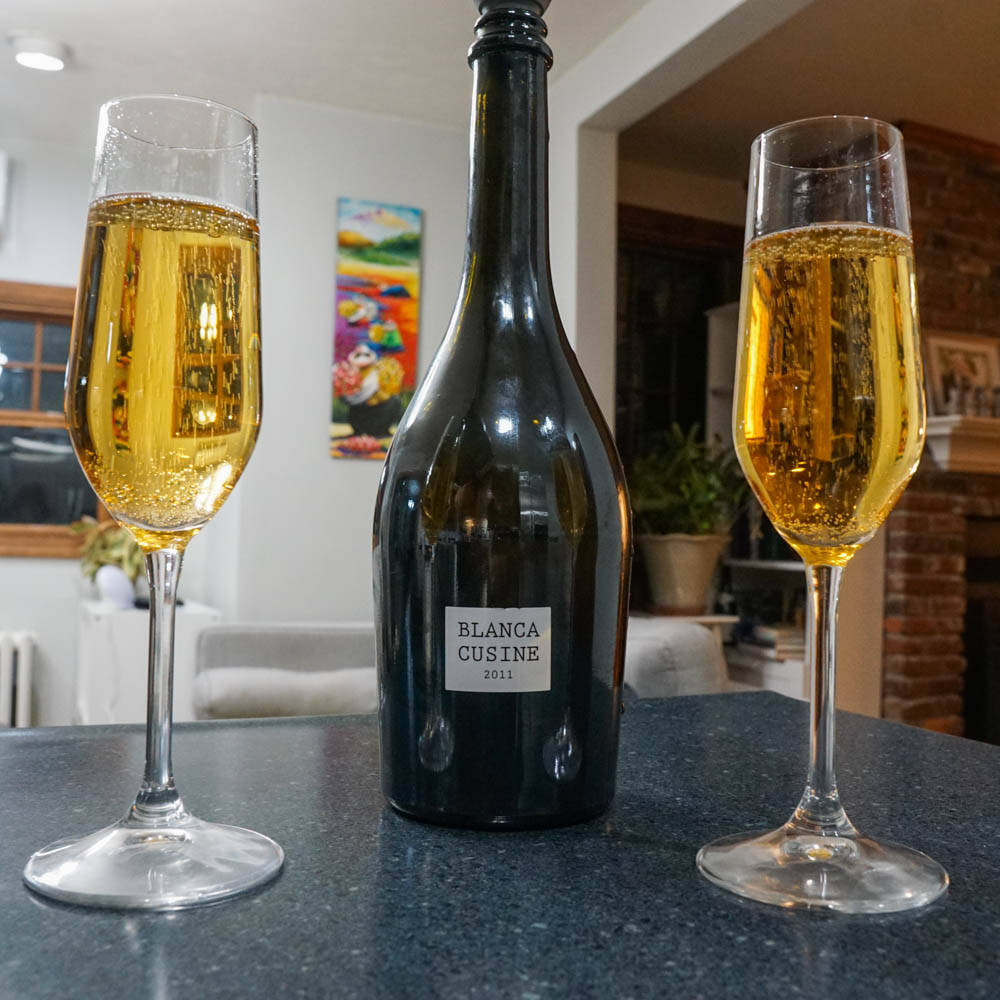
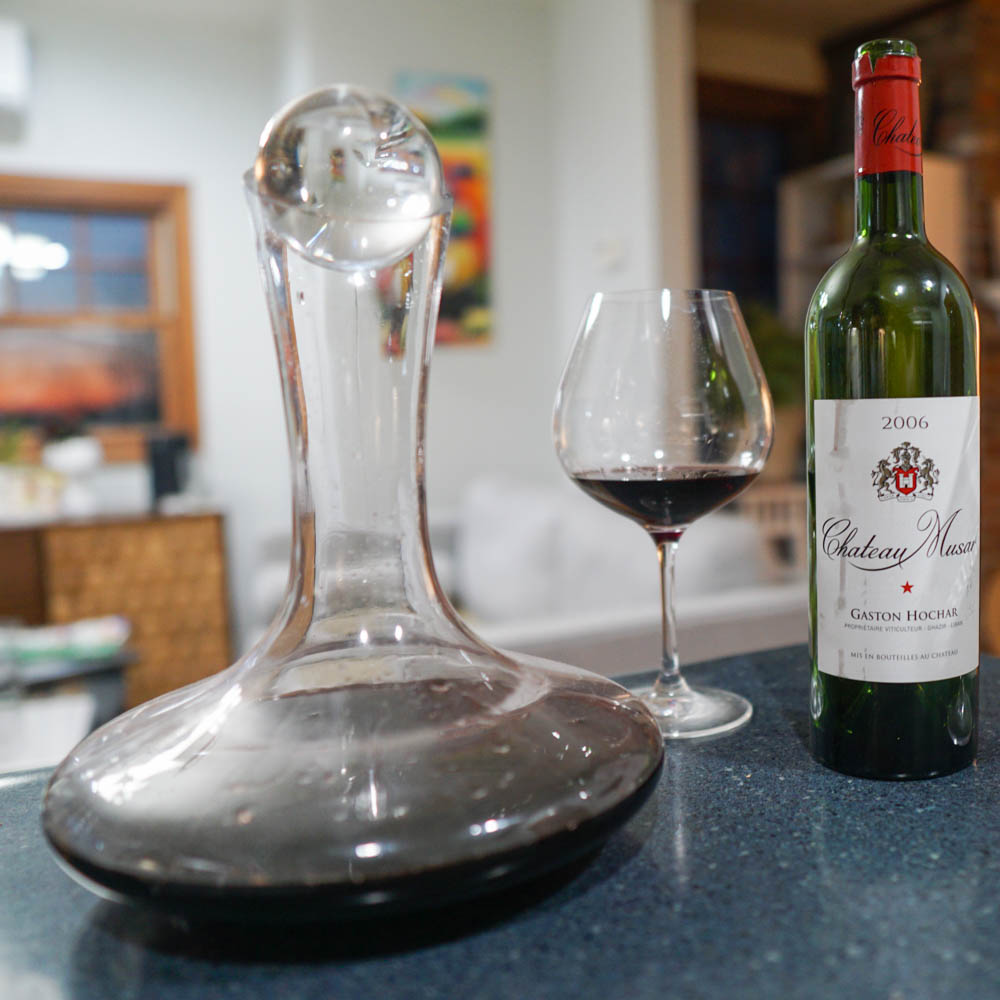
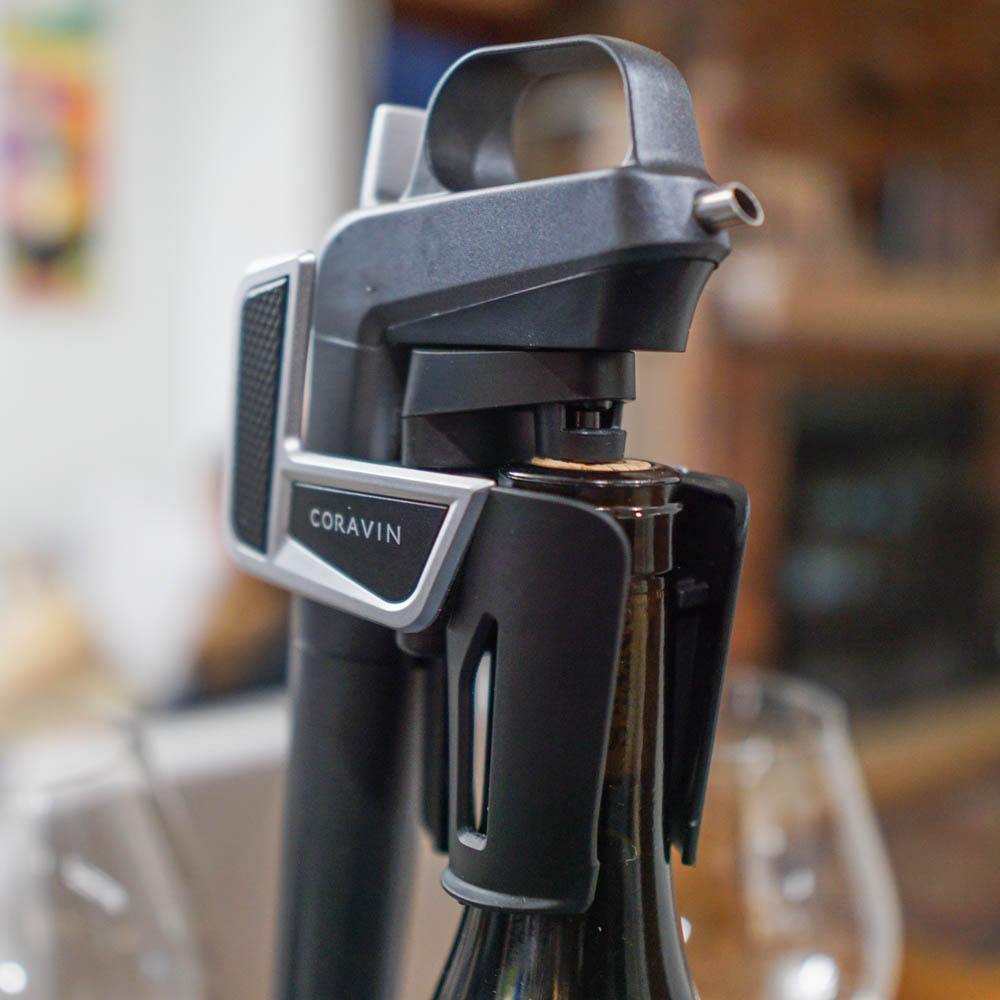
Thank you for this write up, it was very helpful! I have started preparing for level 3 after successfully passing both levels 1 and 2. The information you provided is helping me prepare for the tasting portion at test time. Your pointers and tips made a lot of sense and and will be very useful.
Not sure when I’ll take the level 3 course but I’m using my time wisely. 😊
Thank you again,
Sue K
This is a really well written and useful article, thank you!
Happy to help! Let me know if you have any questions when prepping!
I started Level 3 a few weeks ago and am struggling with identifying aromas and flavors. I can pick out two or three but not much more than that.
Any suggestions?
Sure! I think in Level 3 the big challenge is trying to calibrate to that of your instructor- that was how I learned the best. First, I would see if you are able to pick out any of the aromas that they are discussing at all, and if you cannot then perhaps bring it up in class for a discussion. I found this help me align a lot when I called an aroma [X] but the instructor called it [Y]. Admittedly, if you can’t find any aromas at all is a different topic, but along the same lines.
For finding aromas outright, I think the first thing may simply be to go out and find/buy foods, spices, and flowers that are listed on the grid. You can’t identify gooseberry if you have never actually smelled gooseberry, for example. Leaning into aroma classes is also something you may want to think about more if you can pick up two or three. If you pick up red fruit, say red cherry, odds are good that other red fruit chemical compounds are present in the wine. So stop, think laterally, and see if you can pick up anything else like raspberry, cranberry, etc. If you pick up vanilla and think the wine is oaked, can you find clove, nutmeg, etc? The answer should, in most cases, be yes, and may allow to go from two or three aromas to seven or eight.
So then it is your job to calibrate and figure out which (and if) you find it. I am very overt in stopping, thinking of the grid, and then trying to say “is this aroma present?” Then its just a matter of drinking more and putting that skill to practice and getting faster!
Ultimately, the big goal of Level 3 is finding primary, secondary, and tertiary notes. So step one is identifying what classes are present (almost always primary, secondary and tertiary are variable), and then drilling down to say what those may be.